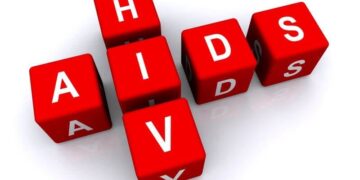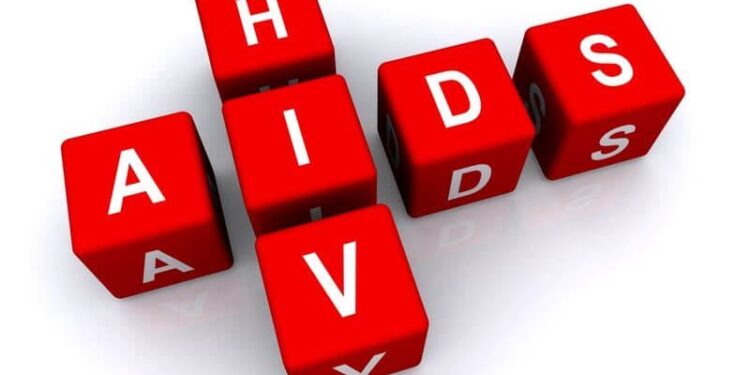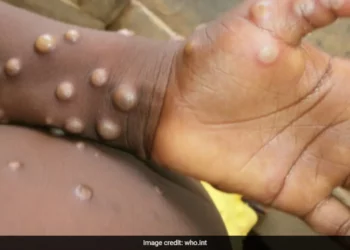One of the surest way to prevent HIV is abstinence but statistics show that young people who are more vulnerable are engaging in sexual activities hence they are being advised to use condoms.
A condom is a prophylactic device. Prophylaxis is simply the prevention of disease or control of possible spread of a disease.
Condoms are made from latex that can be used by both men and women to prevent the exchange of body fluids and sexually transmitted diseases.
The National Condom Strategy Operational Plan 2021-2025 promotes the correct and consistent use of male and female condoms for the prevention and control of the spread of HIV, new infections and unintended pregnancies.
Although, there are several challenges associated with the use of condoms but none of them is worth the risk of contracting HIV and other sexually transmitted diseases.
For any penetrative sex acts or oral sex, condoms are highly effective at reducing the risk of HIV transmission. Condoms are 85%-98% effective in preventing HIV transmission, when used correctly and consistently, they are highly reliable in reducing the risk of transmitting and acquiring sexually transmitted diseases. The virus cannot pass through the condom and condoms have a 2% breakage rate.
Laboratory studies show that latex condoms provide an essentially permeable barrier to particles the size of HIV pathogens. Studies show that polyurethane condoms including female condoms are also effective barriers against sperm, bacteria and viruses such as HIV.
For sero-discordant couples(in which one partner is HIV positive and the other is HIV negative) using condoms correctly and consistently at every sexual activity helps to prevent transmission.
Condoms work by providing a barrier to the body fluids that can be shared during sexual activity.
Basic Rules to reduce the chance of condom failure
* Choose a condom that fits. Condoms come in different sizes.
* Open and handle condoms carefully.
* Never use a condom from a damaged package.
* Never use a condom that is past it’s expiry date
* Do not store condoms in hot or sunny places, for example in your wallet
* Never use oil based lubricants like Vaseline or body cream, which can rapidly break down latex and allow virus to pass through.
USING CONDOMS
*Put the condom on after erection but before insertion. Leave some room at the tip for the discharged semen. It is important to pinch the tip as you roll down onto the penis to be sure that there are no air bubbles that could pop up under pressure.
*After intercourse, withdraw the penis while still erect, holding the base of the condom to prevent it from slipping or spilling semen. Remove the condom and wash hands with soap and water.
* Use condom only once and dispose of it in the garbage, it is not advisable to flush condoms down the toilet.
* If a condom breaks during intercourse, withdraw and seek medical help particularly if you are not sure of your partner’s HIV status.
Using condoms during sex is good protection against HIV for both partners.
Remember that HIV still exists but it is not a Death sentence!
Know your HIV status!
Agedah Ebizimo
Information Officer, Bayelsa State Agency for the control of AIDS, BYSACA



































